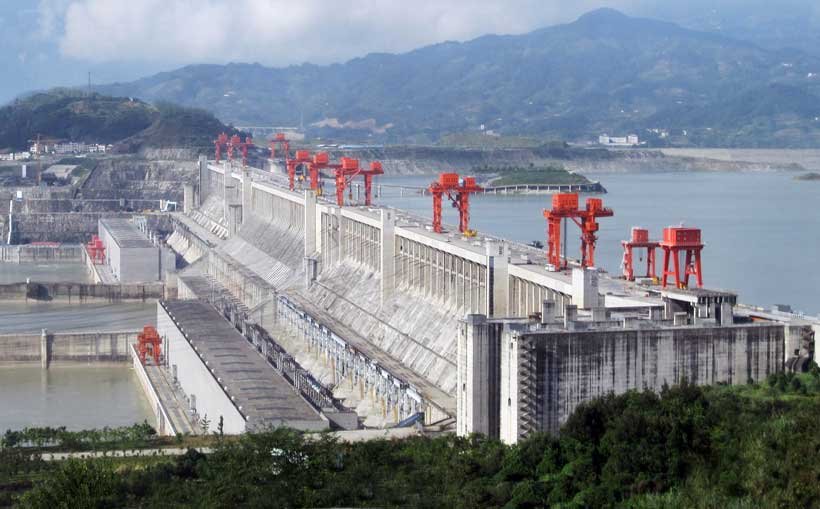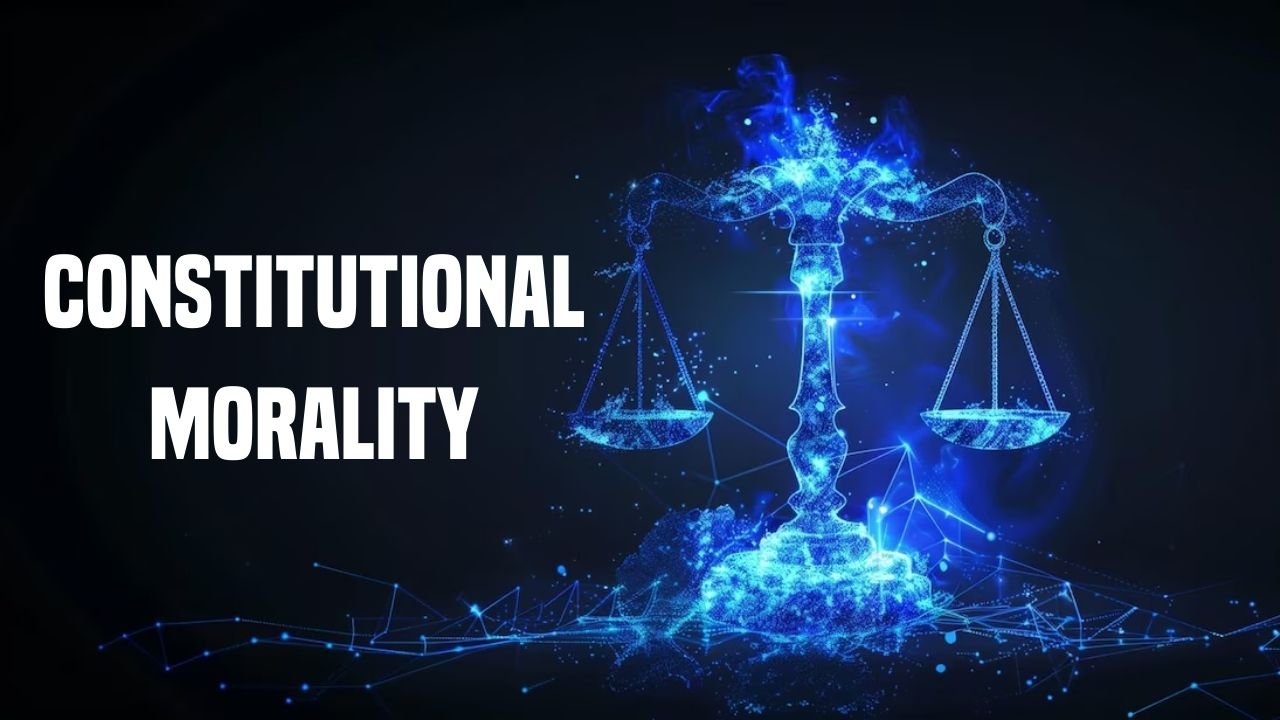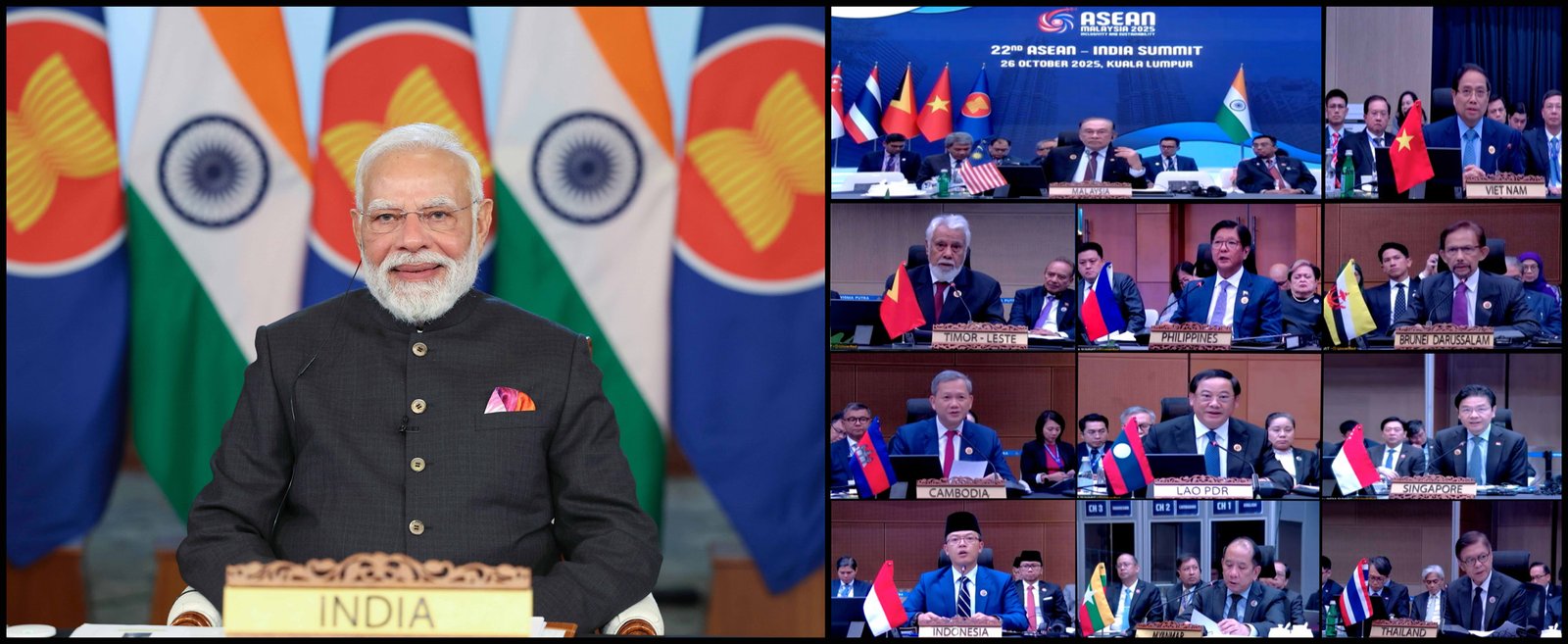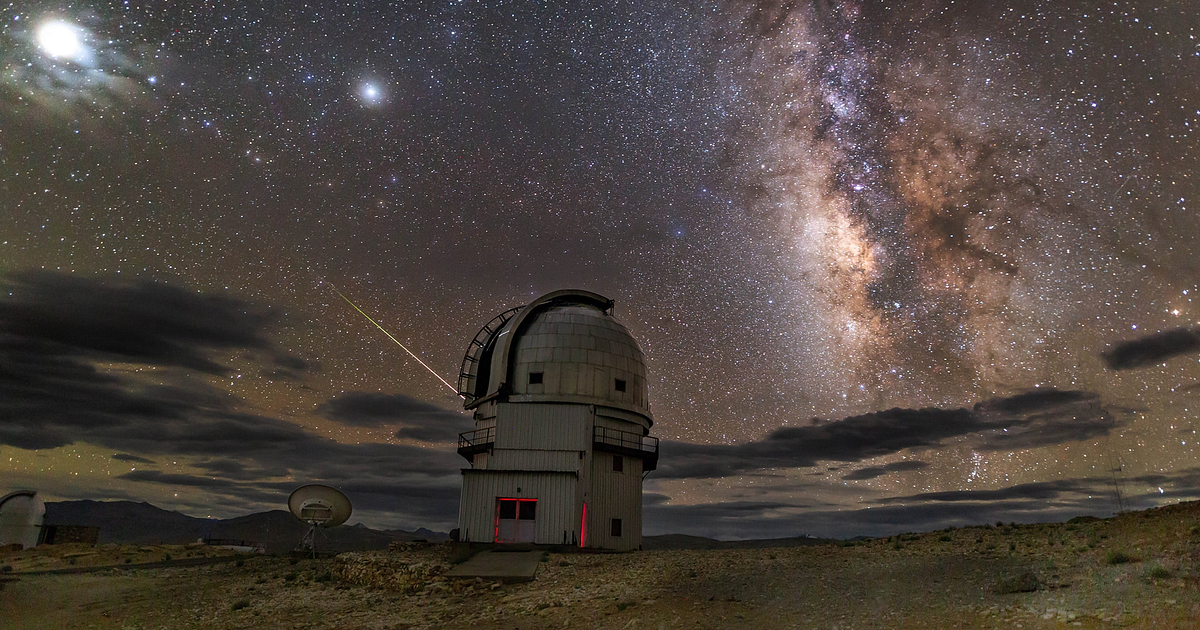Why in the News?
- India and China started large dam construction in the 1950s but their trajectories diverged after the 1980s.
- By 2024, China emerged as the global leader in dam-building and hydropower, while India lagged far behind, raising concerns about water security, energy security, and climate resilience.
Key Highlights
- Early Phase of Dam-Building (1950s–1960s)
- India built Hirakud (1957) and Bhakra (1963) dams successfully.
- PM Nehru hailed dams as the “temples of modern India”.
- China built Sanmenxia Dam (1960) but it suffered massive sedimentation losses, lowering confidence in its engineers.
- Changing Confidence (1980s)
- China invited international experts to assess feasibility of the South–North Water Transfer Project.
- Meanwhile, India continued steady progress, with engineers still confident about dam technology.
- Policy Divergence (1990s)
- India: Resettlement issues, environmental protests, and Supreme Court’s halt of Sardar Sarovar Dam caused delays.
- Policymakers shifted focus to rainwater harvesting and check dams.
- The World Bank and ADB stopped financing large dams.
- China: Adopted a pragmatic approach, corrected earlier mistakes, and scaled up large dam construction.
- India: Resettlement issues, environmental protests, and Supreme Court’s halt of Sardar Sarovar Dam caused delays.
- Energy and Water Security Priorities (2000s)
- China: Linked dams with hydropower and energy security, anticipating rise in oil imports.
- Expanded rapidly into renewable hydropower.
- India: Growth stagnated; missed opportunities for scaling up storage and hydropower capacity.
- China: Linked dams with hydropower and energy security, anticipating rise in oil imports.
- Current Scenario (2024)
- China: Installed hydropower capacity = 95 GW (14.4 GW added in 2024 alone).
- India: Installed hydropower capacity = 72 GW (10 times less than China).
- Despite high rainfall (e.g., Cherrapunji, Delhi), India faces water scarcity due to inadequate storage.
- Future concerns: By 2050, India’s population = 1.7 billion; climate change will intensify rainfall variability, demanding urgent water infrastructure reforms.
Key Terms
- Hydropower
- Renewable energy generated by water flow.
- Provides base-load power unlike solar/wind.
- Reduces fossil fuel dependence.
- Offers flood control and irrigation support.
- Contributes to energy transition under SDG 7.
- Sedimentation in Dams
- Deposition of silt reduces storage capacity.
- Leads to flood risks and operational inefficiency.
- Requires dredging, sluicing, or sediment bypass systems.
- A critical factor in dam design and sustainability.
- Sanmenxia’s failure was mainly due to excessive sedimentation.
- South–North Water Transfer Project (China)
- World’s largest water transfer project.
- Aims to move water from Yangtze (south) to arid north.
- Has eastern, central, and western routes.
- Addresses water scarcity in Beijing and Tianjin.
- Reflects China’s massive water infrastructure capability.
- Rainwater Harvesting
- Collecting and storing rain for reuse.
- Promoted in India in 1990s as alternative to big dams.
- Useful at local scale but cannot replace large reservoirs.
- Plays role in urban water security.
- Complements, but not substitutes, large storage.
- Climate-Resilient Water Storage
- Storage designed to withstand extreme rainfall variability.
- Combines surface dams, groundwater recharge, and wetlands.
- Essential for adaptation in monsoon-driven countries.
- Supports agriculture, drinking water, and power.
- Vital for India’s 2047 development goals.
Implications
- Water Security: Without adequate storage, India risks seasonal scarcity despite abundant rainfall.
- Energy Security: India lags in hydropower, increasing reliance on fossil fuels and imports.
- Climate Change Adaptation: Intense and erratic rainfall demands large, medium, and small dams for resilience.
- Economic Development: Water scarcity may derail India’s GDP growth targets for 2047.
- Strategic Balance with China: China’s leadership in dam technology enhances its regional power and influence, leaving India at a disadvantage.
Challenges and Way Forward
| Challenges | Way Forward |
| 1. Stalled dam construction due to environmental and social protests | Develop transparent rehabilitation and resettlement policies with community participation. |
| 2. Over-reliance on small-scale solutions like rainwater harvesting | Integrate large dams with small/medium storage to balance needs. |
| 3. Financing constraints from global banks | Mobilise domestic resources and seek green climate funds for sustainable dams. |
| 4. Sedimentation and poor maintenance of existing dams | Invest in modern sediment management technologies and regular monitoring. |
| 5. Rising population and climate change stress | Formulate a National Water Security Mission with dam-building as a priority under climate adaptation. |
Conclusion
India’s water infrastructure policy has suffered from indecision and misplaced priorities since the 1990s, while China adopted a pragmatic, long-term approach that linked dams with both water and energy security. With population pressures and climate change looming, India urgently needs a balanced dam policy that combines large-scale storage with ecological safeguards to ensure sustainable development.
| EnsureIAS Mains Question Q. Large dams were once hailed as the ‘temples of modern India’. Critically examine the trajectory of India’s dam policy since independence and its implications for water security, energy security, and climate resilience. (250 Words) |
| EnsureIAS Prelims Question Q. Consider the following statements regarding dam construction in India and China: 1. The Hirakud and Bhakra dams in India were commissioned before China’s Sanmenxia Dam. 2. In the 1990s, both the World Bank and Asian Development Bank stopped financing large dams in India. 3. By 2024, India’s hydropower capacity is more than half of China’s installed hydropower capacity. Which of the above statements is/are correct? Answer: A (1 and 2 only) Explanation: Statement 1 is Correct: Hirakud (1957) and Bhakra (1963) came before Sanmenxia (1960). Statement 2 is Correct: Both World Bank & ADB withdrew support in the 1990s. Statement 3 is Incorrect: India’s hydropower (42.72 GW) is only ~10% of China’s (435.95 GW), not half. |
Also Read | |
| UPSC Foundation Course | UPSC Daily Current Affairs |
| UPSC Monthly Magazine | CSAT Foundation Course |
| Free MCQs for UPSC Prelims | UPSC Test Series |
| ENSURE IAS NOTES | Our Booklist |





